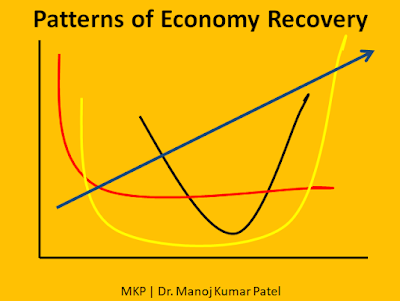Explosion Hazards of Explosives due to Pumps and Pumping during Manufacture of Explosives
No
explosive is safe. In the scale of measurement, one type may be safer than the
other types. But hazards and explosions move side by side during manufacture,
storage, transportation, and uses of explosives for rock blasting. Out of the
different factors that incite fire, and explosions are the pumps and the
pumping systems used for explosives.
The
explosives commonly used for rock blasting are emulsion, watergel, slurry,
ANFO, and Heavy ANFO. All of these are equally unsafe because all of these pose
explosion hazards if these are not handled properly.
There
have been many incidents where pumping of in-process and finished materials are
required in explosives manufacturing operations. Improper and non-diligent pumping
give rise to incidents of explosions resulting in losses of life. This is
partly because the processes of pumping are thought to be “safe” and therefore
(a) more people can be exposed in a single building because the risk of explosion
is much smaller than with conventional explosives and (b) less process safety
control is necessary. Even those explosions that have not resulted in major
losses have very often had fatal or at least serious consequences. This
perception of pumping explosives being “safe” is not just incorrect – it is
also extremely dangerous for those involved in working with them.
The pumping process is at the heart of factory cartridging and field loading
operations, and experience has shown that the degree of hazard depends on the
type of pumping system chosen, of which there is a considerable variety. Each pumping application can be
reviewed and an appropriate safety
system can be designed with the information presented in this document used as a guide to help in
the process. To the extent that these
guidelines are used, their strengths, weaknesses, and errors will be uncovered.
They are not intended to stifle innovation in the selection of suitable pumps
and their safe operation.
The
following is a list of those explosive properties that have been considered to
be relevant to the hazard of pumping. It is intended as a checklist only for
engineers designing pumping systems to lessen the risk of overlooking one or
more explosive properties and conditions that may be important in a particular
system.
- Rheological properties including
pseudo-plasticity or thixotropy.
- Minimum ignition energy
- Minimum burning pressure
- Critical diameter confined
- Impact and friction sensitivity under
confinement and pressure
- Thermal stability under pressure
- Minimum practical temperature for pumping
- Presence or absence of suspended solids
- Nature of suspended solids such as brittle,
friable, explosive, abrasive.
- Water content
- Presence or absence of sensitizers, such as self sensitizer like TNT, and not-self-explosive like perchlorates.
- Nature of continuous phases, such as water or oil.
- Thermal conductivity
- Presence or absence of gas bubbles
- Gas encapsulated or not
- The pressure of a gas in encapsulation
- Chemical nature of capsules (micro balloons)
- Presence or absence of flammable volatiles
- Degree of homogeneity (droplet or particle
size)
Three important conditions of use related to hazards are:
- Rate of pressurization or pressure
differential
Pumping can go from a vacuum to high pressure in a
short time. Conversely, a vacuum pump can cause bubbles quickly.
2. 2.Cavitation
through starvation of feed.
- Foreign objects – assume they will occur.
We leave the chapter here, and take this as a
learning step to get answers from the learned group of explosive manufacturers
and users to know which type of pump is perceived as the best type of
explosive pumping?
![]() Diaphragm
Pumps
Diaphragm
Pumps
![]() Peristaltic
Pumps
Peristaltic
Pumps
![]() Progressive
Cavity or Helical Screw Pumps
Progressive
Cavity or Helical Screw Pumps
![]() Gear Pumps
Gear Pumps
![]() Piston Pumps
Piston Pumps
![]() Love Pumps
or Three Leaf Clover Pumps
Love Pumps
or Three Leaf Clover Pumps
![]() Centrifugal
Pumps
Centrifugal
Pumps
![]() Positive
Displacement Pumps
Positive
Displacement Pumps











Excellent topic
ReplyDeleteThank you for giving a comment.
DeleteTo complement this note there are various explosive pumping guides published ex IME Pumping of water based explosives (2010).
ReplyDeleteYes. One should refer to those too for a complete understanding. By the wau I would love to know your full name MB
DeleteExcellent
ReplyDelete